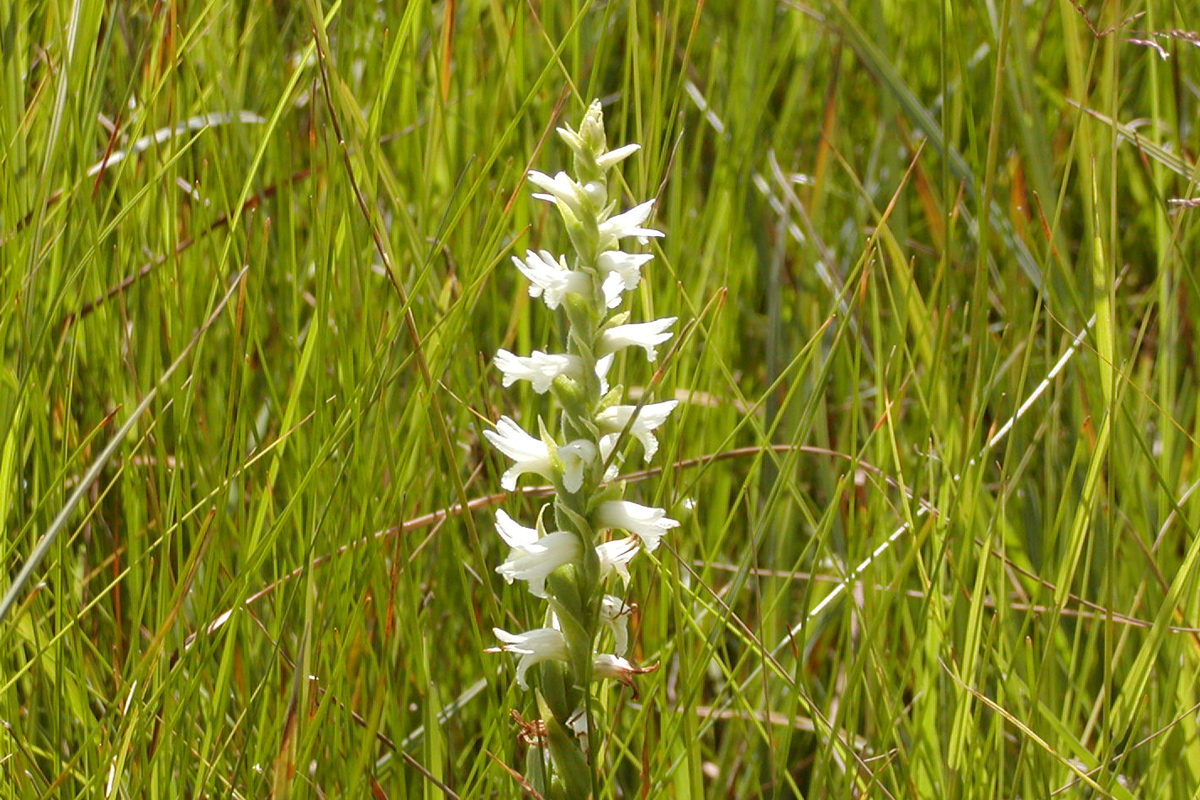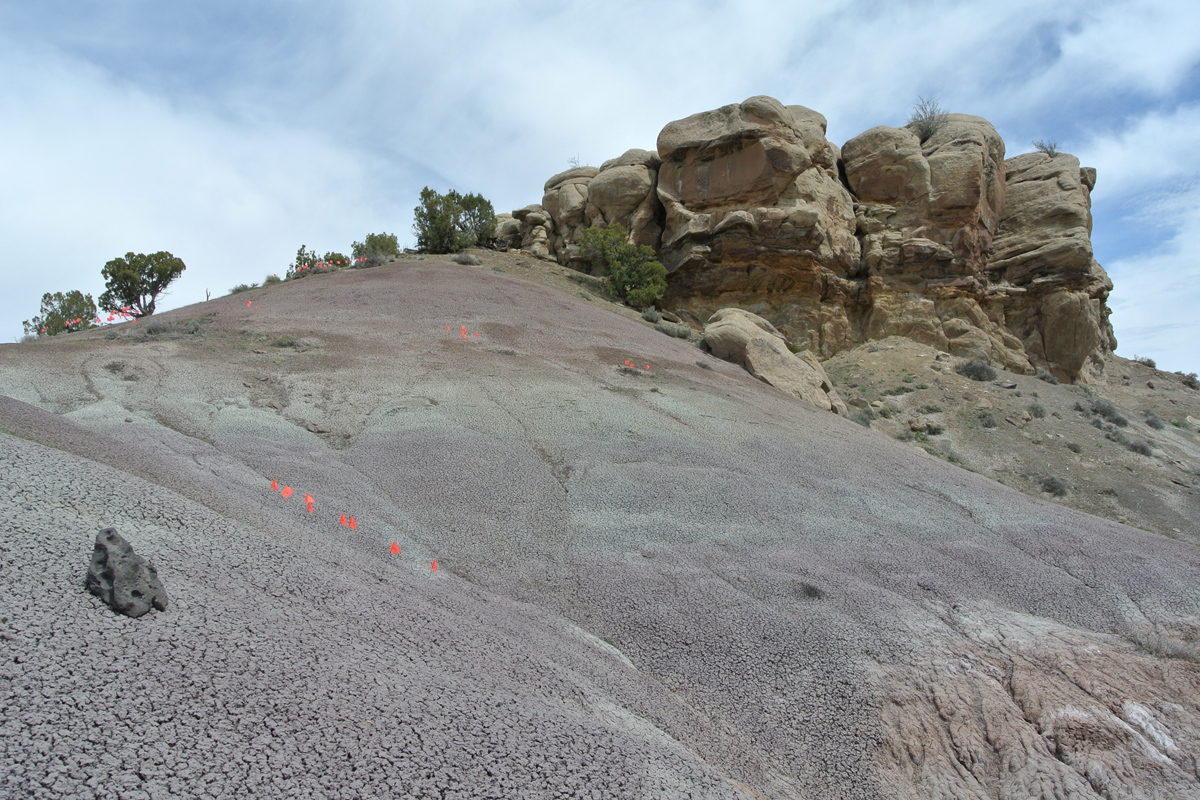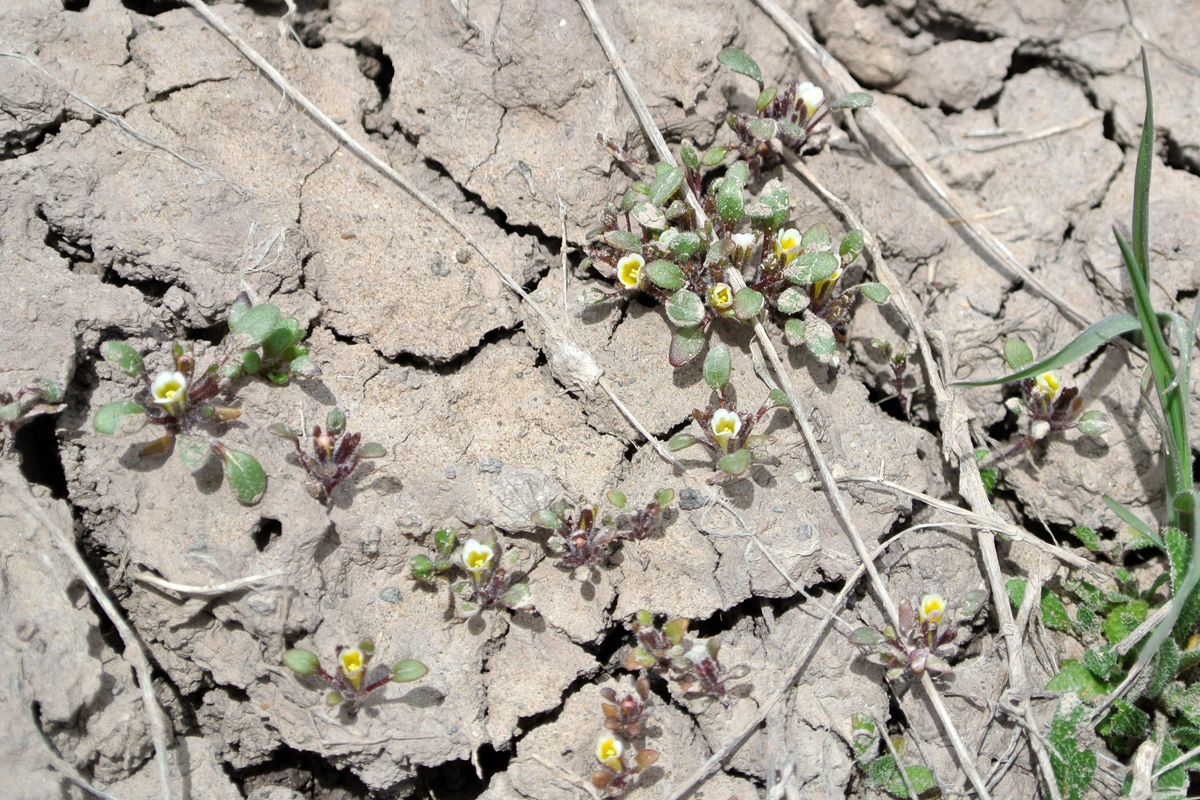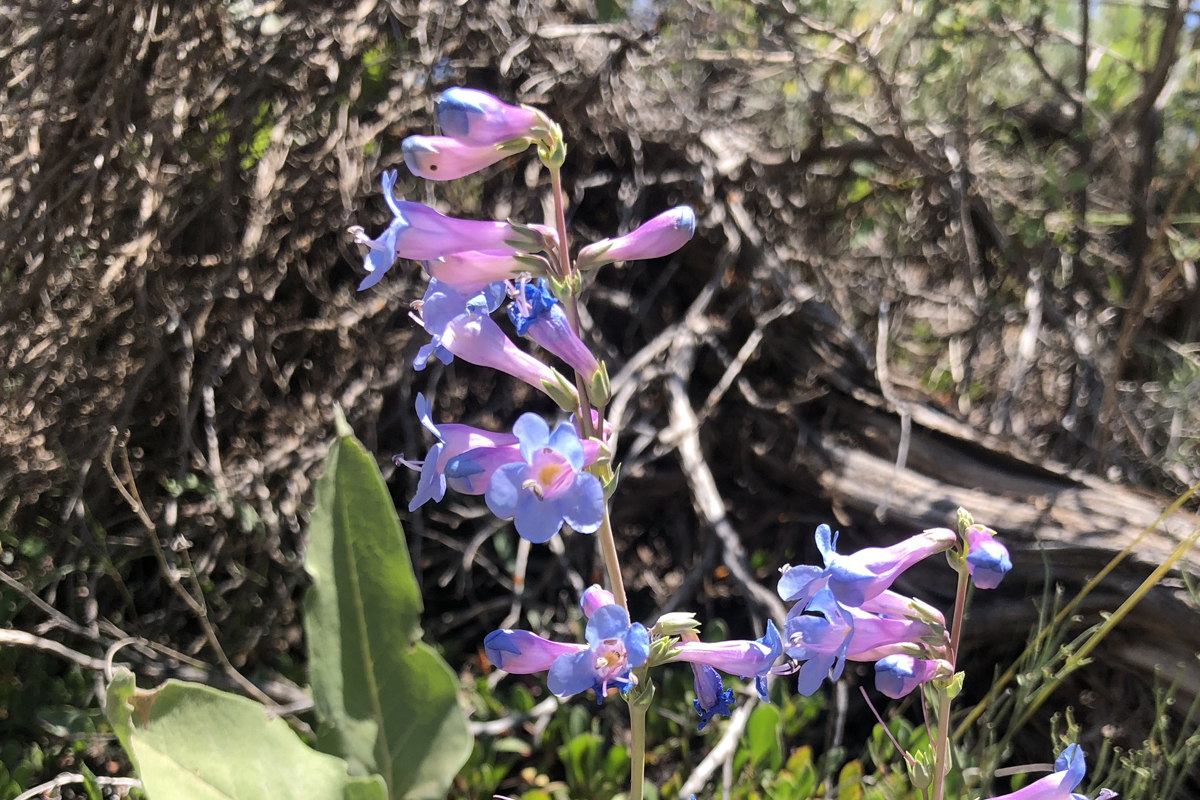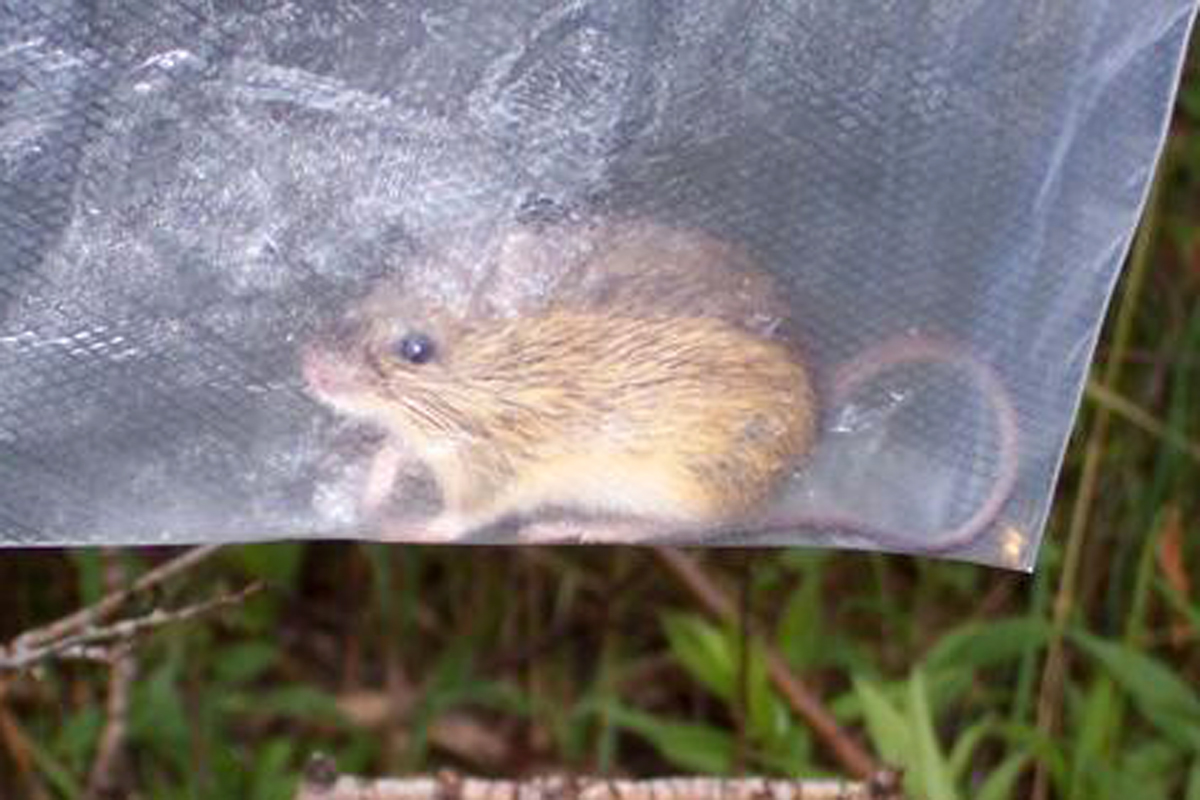The Endangered Species Act (ESA) is considered a keystone of our nation’s environmental laws. As such, ESA compliance is an important part of land use reviews, wetland permit applications, and environmental impact assessments.
In addition to the species protected under ESA, the U.S. Forest Service (USFS), Bureau of Land Management (BLM), and state agencies including Colorado Parks and Wildlife (CPW) have developed sensitive species lists used to guide land management decisions and evaluate project impacts.
Birch Ecology’s team has the expertise to identify and map habitats for these rare species; work with regulatory agencies to ensure ESA compliance; and develop and implement management plans, then monitor trends and provide recommendations.
